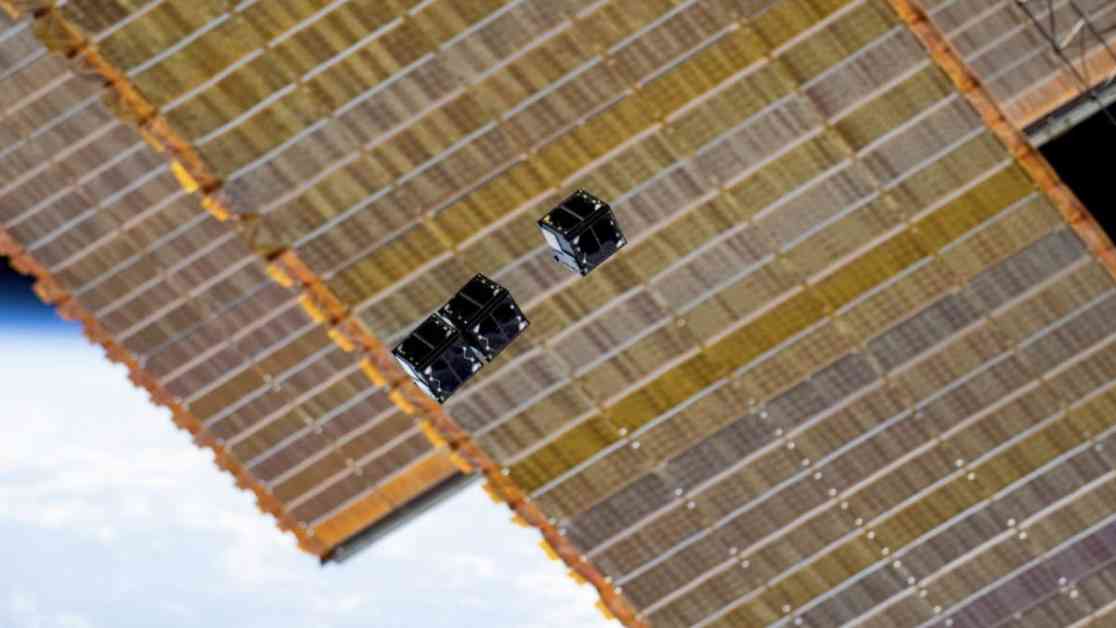In early November, three small Australian satellites from Curtin University’s Binar Space Program burned up in the Earth’s atmosphere. These cube satellites, known as Binar-2, 3, and 4, were expected to last for six months but only lasted for two months due to orbital decay. This decay was caused by the high solar activity the Sun has been experiencing.
Solar activity, which includes sunspots, solar flares, and solar wind, is a result of the Sun’s changing magnetic field. This activity is at its highest every 11 years, leading to more solar flares and stronger solar wind. The current cycle, solar cycle 25, has seen solar activity exceed predictions. This increased solar activity has visible effects like more intense auroras and closer auroras to the equator.
The impact of high solar activity extends beyond visible effects. It also poses challenges for satellites and satellite operators. Satellites in low Earth orbit experience increased atmospheric drag due to the extra energy absorbed into the outer atmosphere, causing them to fall towards Earth. This disrupts their orbit and can lead to their premature demise.
The Binar Space Program’s CubeSats were affected by this increased atmospheric drag, leading to their early burn-up. While this was a setback for the program, it highlighted the importance of accurate space weather forecasting for future satellite missions. Despite the loss of Binar-2, 3, and 4, the program is already working on future missions expected to launch under more favorable space weather conditions.
Although the current high solar activity is causing disruptions to satellite operations, it is expected to calm down by 2026 and return to a solar minimum by 2030. The Binar Space Program’s experience with the effects of solar activity on satellite operations serves as a valuable lesson for future missions. While solar activity can present challenges, it also offers opportunities to better understand and prepare for space weather conditions.
In conclusion, the recent burn-up of the Binar CubeSats due to high solar activity underscores the importance of space weather forecasting for satellite missions. Despite the challenges posed by increased solar activity, there is optimism for future missions to launch successfully under more favorable conditions. The Binar Space Program’s experience highlights the need for continued research and preparation to navigate the effects of solar activity on space operations.










